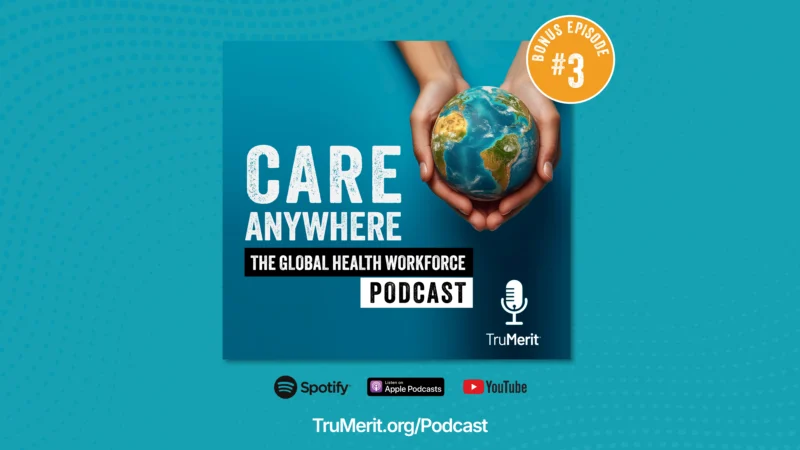The Future of Sanitation: Strategies for COVID 2.0 and Beyond
COVID-19 – remember when that was still a thing? Everyone thought for sure they’d be saying that by now. But, with daily cases in the U.S. reaching all-time highs and a vaccine rollout that will take much longer than desired, getting things back to a semblance of normalcy isn’t happening anytime soon.
And what does normalcy even look like in a COVID 2.0 world, anyway? What are the continuing safety measures businesses, hospitals and schools need to do to keep people safe now and into the future? John Shanahan, President and CEO of Ionogen, and Dr. Jack Lacey, retired CMO of the University of Tennessee’s Medical Center, spoke about the situation and how air sanitation can help keep spaces COVID-free.
New COVID variants are a reminder that the battle against the virus will be a lengthy one, and people need every weapon they can to fight it.
“COVID 1, COVID 2, what makes this virus unique is its ability to hang in the air,” Shanahan said. “We now know we have to take a responsible approach to cleaning the air.”
The bottom line is, even if everything else about an indoor space is clean and sanitized, if the air inside isn’t, COVID can travel and spread.
“COVID-19 most commonly spreads through close human contact and, specifically, through breathing and respiratory droplets,” Dr. Lacey said. “We know that the larger droplets can fall out of the air within the six feet we’re told to distance ourselves, but the much smaller droplets and viral particles can hang in the air for minutes to hours.”
Ionogen’s ionpure line of safe, non-hazardous sanitation products can help fight the coronavirus in the air and on surfaces to make spaces safer for people in facilities of all industries and settings.
Follow us on social media for the latest updates in B2B!
Twitter – @MarketScale
Facebook – facebook.com/marketscale
LinkedIn – linkedin.com/company/marketscale








